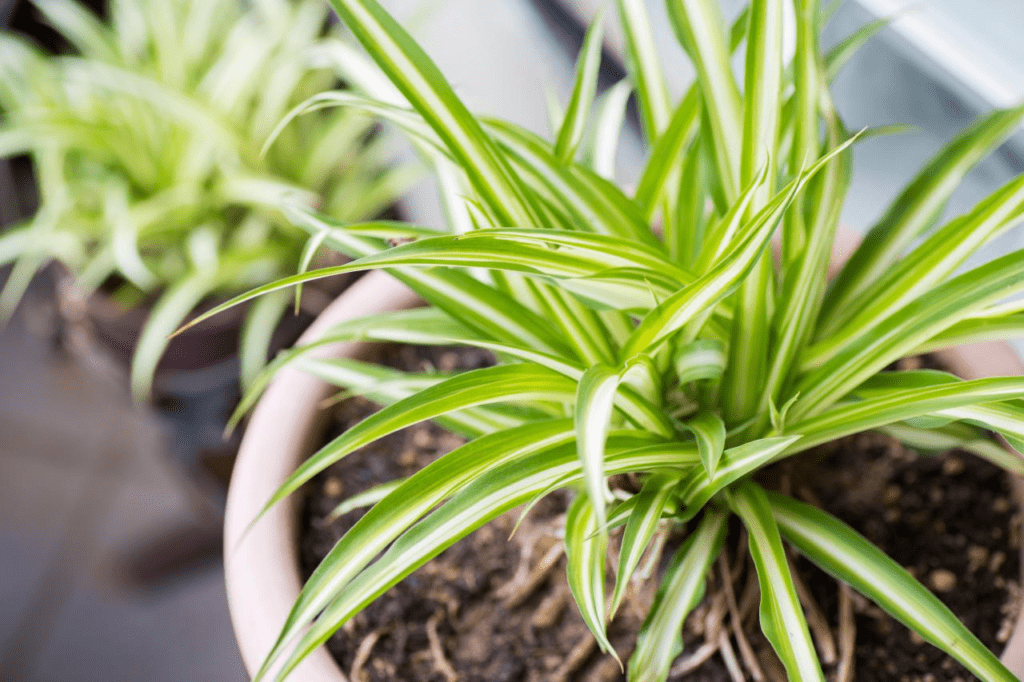Introduction:
Ponytail palm– Beaucarnea recurvata
Ponytail palms are easy to grow at Home. They require significantly less space and average light to grow and are drought-tolerant plants.
These plants are visually striking and famous in gardens and households.
However, some other plants look similar to the ponytail palm, which can provide an alternative option for those looking for a plant with a similar appearance or care requirement.
In this blog, you can know some of these plants in detail.
| S.NO | SIMILAR PLANTS |
| 1 | Majesty palm |
| 2 | Bear grasses |
| 3 | Jade plant |
| 4 | Spider plant |
| 5 | Areca plant |
| 6 | Dragon tree |
| 7 | Parlour palm |
| 8 | Spanish bayonet |
| 9 | Chinese fan balm |
| 10 | Sago’s palm |
Plants similar to ponytail palm:
Some of the similar plants are listed below,
1. Majesty palm – Ravenea rivularis
It is a slow-grower plant tolerating low light.
This plant likes humidity, so we can grow it in the bathroom and it prefers wet.
Native of majesty palm is Madagascar.
Watering should be done regularly to keep the plant happy.
These plants also prefer growing in the shade without heavy sunlight.
Major pests – mites and white flies.
Majesty’s palm helps purify the air, removing benzene, formaldehyde, and carbon monoxide. The graceful look of the plant enlivens the living space and gives a fresh feel by growing majesty palm

Source image-https://images.app.goo.gl/54Ao3s85D6UxHY5D8
2. Bear grasses: Xerophyllum tenax
Bear grasses grow to a height of 5 feet with a cluster of dense white flowers at the Top.
This plant looks very much similar to the ponytail plant.
Requires bright light for growth.
Bear grasses can withstand drought as well as live in moisture conditions also.
No major pests in these grasses.
Grasses give an elegant and pleasant look to your living area.

Source image-https://images.app.goo.gl/Gm5yYp9EBhWhw6BU8
3.Jade plant: Crassula ovata
These are succulent plants with thick, shiny, smooth leaves.
During winter, these plants need very less water when compared to summer.
Requires very less care.
Requires a minimum of 4-5 hours of sunlight every day.
Jade plants cannot tolerate cold and frost, the best is room temperature for growth.
Purifies the polluted air when planted around us.
It emits pure oxygen wherever it is planted.
Occasional pruning can maintain the bushy appearance of the plant.
The major pest of jade plants is the mealy bug.

Source image-https://images.app.goo.gl/sL8eJ1rhcXxwj4zh7
4. Spider plant:chlorophytum comosum
Spider plants are an evergreen perennial herb
Native-southern Africa.
It grows to a height of 10-25 inches and belongs to the Asparagaceae family.
You can remove old, discarded dead leaves.
The major pest is white flies; oil-based insecticides are best to repel this insect.
These plants purify the air in the house.

Source image-https://images.app.goo.gl/wrN1emQVDbbkcpSM7
5. Areca plant: Dypsis lutescens
Taking care of this plant is easy, and maintenance cost is meagre.
Pruning should be done to control the size of the plant.
Areca plant emits more oxygen.
The Native Areca plant is in Madagascar.
The tropical vibe and the plant’s foliage look appealing; it can be grown in Home and office setups.
Reduce the toxic pollutant gases such as xylene, formaldehyde, and toluene resulting in pollution-free oxygen intake.
These plants are safe for pets and babies.

Source image–https://images.app.goo.gl/sL6Cu7JGpNfL7pJUA
6.Dragon tree– Dracaena Marginata
Native to Madagascar.
Dragan can grow in both full sunlight and partial shade.
Regular watering is mandatory throughout the growing season.
Soil should be moist but not soggy.
These plants shed their old dried leaves by themselves, so pruning is only needed sometimes.
Major pest is the mealy bug and Aphids.

SOURCE– https://images.app.goo.gl/76SFjVGFz4jUTAuC9
7. Parlour palm- Chamaedorea Elegance
Compared to all the indoor plants, this plant is the slowest grower.
Parlour palm has fan-shaped leaves.
NASA’s Top air-cleaning plants remove pollutants such as formaldehyde, benzene, and carbon monoxide from the air.
Produce inedible fruit from flowers at the base of the plant.

Source image-https://images.app.goo.gl/yyFj3zav8sCER23r6
8. Spanish Bayonet: Yucca elephantipes
Spanish bayonet is dark green, dagger-like leaves projecting from thick, trunk-like stems.
It requires significantly less water for its survival.
Major pest is mealybug, weevils, scale mites, and thrips.
It is mainly grown for ornamental purposes.

9. Chinese fan balm– Livistona chinensis
Chinese fan balm can grow to 30 feet.
Native- southern japan
They prefer indirect bright light.
With their drooping appearance, they resemble a waterfall.
Pruning is not needed for these plants.
The major pest is mealy bugs.

Source image–https://images.app.goo.gl/BLaKCMfzg9VMTaES7
10.sago palm– cycas revoluta
Quickly growing indoor plants look similar to ponytail palms.
These plants can grow in full sun or partial shade.
Removing the leaves before spring is sufficient activity.
It is a highly slow-growing plant.
Major pest is scales and mealybugs.

Source link-https://images.app.goo.gl/warTmZMkCB3a4mkq8
Frequently asked questions:
1. Is there more than one type of ponytail palm?
Yes, there are multiple types of ponytail palms.
These plants come in various cultivars that differ in leaf colour, length, and overall plant size.
Some popular cultivars include the dwarf ponytail palm, curly leaf ponytail palm, and variegated ponytail palm.
2. Are ponytail palms toxic?
No, it is toxic to humans, while the plant sap may cause some mild skin irritation in some individuals.
But it is advised to keep the plants away from pets and children.
